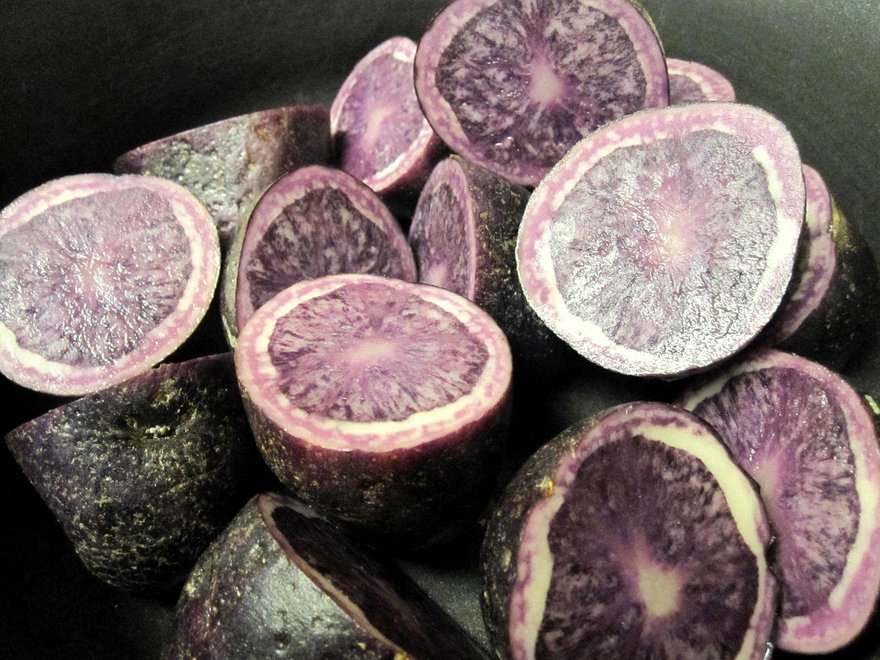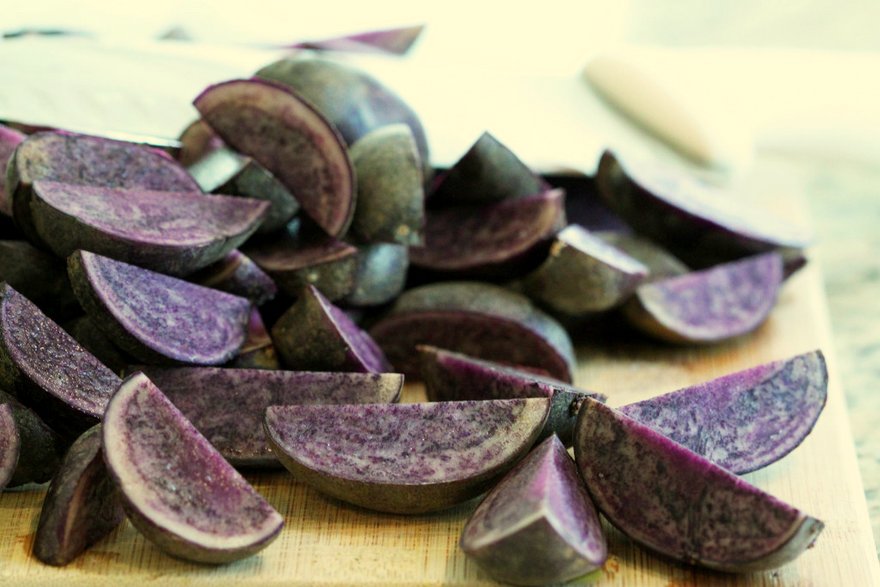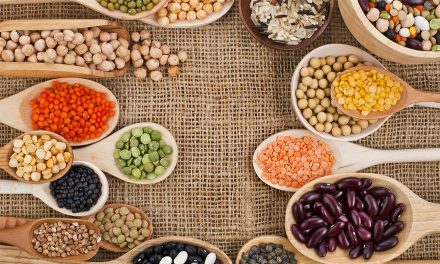A group of researchers, including one of Indian-origin have discovered that compounds found in purple potatoes may help kill colon cancer stem cells and limit the spread of the deadly disease.
Jairam Vanamala, associate professor of food sciences at Pennsylvania State University in the US, explains that attacking stem cells is an effective way to counter cancer. “You might want to compare cancer stem cells to roots of the weeds,” Vanamala, an alumnus of Indian Agriculture Research Institute (IARI), New Delhi, said.
[wp_ad_camp_1]
“You may cut the weed, but as long as the roots are still there, the weeds will keep growing back and, likewise, if the cancer stem cells are still present, the cancer can still grow and spread,” he noted. The researchers used a baked purple potato for the research as they wanted to make sure the vegetables maintained their anti-cancer properties even after cooking.
In the initial laboratory study, the researchers found that the baked potato extract suppressed the spread of colon cancer stem cells while increasing their deaths. Researchers then tested the effect of whole baked purple potatoes on mice with colon cancer and found similar results.
The portion size for a human would be about the same as eating a medium size purple-fleshed potato for lunch and dinner, or one large purple-fleshed potato per day. According to the researchers, there may be several substances in purple potatoes that work simultaneously on multiple pathways to help kill the colon cancer stem cells, including anthocyanins and chlorogenic acid, and resistant starch.
In addition to resistant starch, the same colour compounds that give potatoes, as well as other fruits and vegetables, a rainbow of vibrant colours may be effective in suppressing cancer growth, Vanamala explained. Purple potatoes could be potentially used in both primary and secondary prevention strategies for cancer, Vanamala suggested.
Primary prevention is aimed at stopping the initial attack of cancer, while secondary prevention refers to helping patients in remission remain cancer-free. The findings were detailed online in the Journal of Nutritional Biochemistry.













Very Nice article.
But what are the Indian Language Names for this purple potato?
I find Dr Jairam is doing research on food based
approach to disease prevention. Heis team includes a number of Indians — and hence the vegetables may be Indian too!
I have the following questions:
1) Is there any Indian Univ / Res Instn. pursuing “food based disease prevention”?
2) Is there any effort in propagating such work –as this can help reduce the country’s burden on health care. — “Prevention is better than cure.” will become a practical saying — rather than remain a blog article.
very good info.
from where, purple potato seed can be procured?
pl. guide.
i think they’re referring to ” sakkaravalli kelenggu”
Looks like sakaravalli kelenggu. The Japanese ones are good and we have been told to boil these and eat. Normally boil in turmeric powder and little bit of salt (optional).
I think Purple potatoes are nothing but beetroot.
The purple colour potato is look like beetroot
Namastey Everyone,
Purple potatoes ARE purple potatoes or (purple aloo), just as the name describes it. Beetroot is something totally different. I hope this helps with the confusion.
Do have a good day.
I like these information very much because they are very useful tips for a long life.
All articles have informative potential. Aurveda lovers always wait for new articles here.
But one thing will give much more substance to this information if only the alternative names of each and every herb/plant/fruit etc. ( in main Indian languages such as Hindi, Marathi, Tamil, Punjabi, Bengali,Gujarati etc. ) will be provided !
For example the given name ‘purple potato’ doesn’t make clear and readers are forced to recognize by imagination ,
which may result in wrong conclusions many times… so the
improvement is awaited !
FROM THE WIKI:
Vitelotte
From Wikipedia, the free encyclopedia
Vitelotte potatoes
Purple potatoes
Cooked vitelotte potatoes, peeled and unpeeled
Vitelotte, also called Vitelotte noire, Négresse[1] or Truffe de Chine,[2] is a gourmet French variety of blue-violet potato.[3] It has been cultivated in France since the early 19th century.
Potatoes are american (Peru, Bolivia) cultivated by the Incas for centuries since about 3,000 YBP and brought by Spaniards to Europe around year 1500 together with corn or maize, chilies, etc.